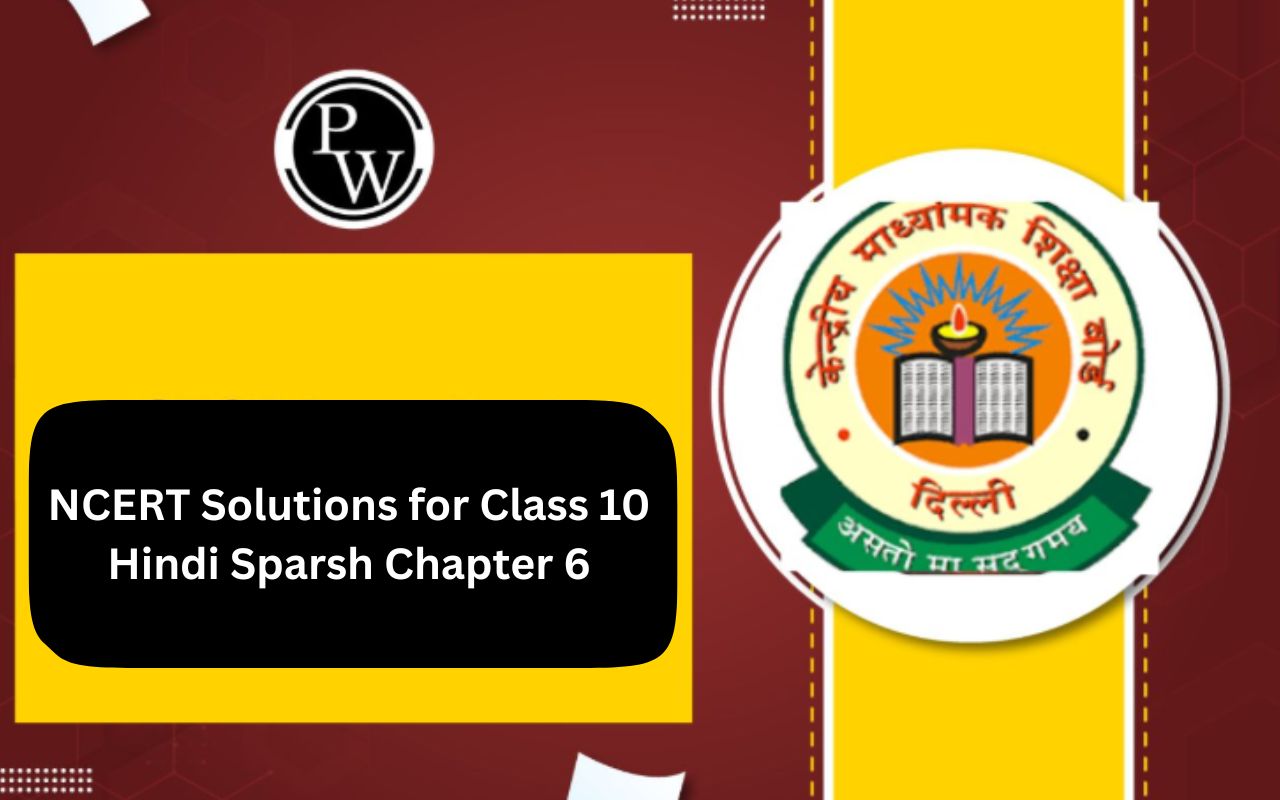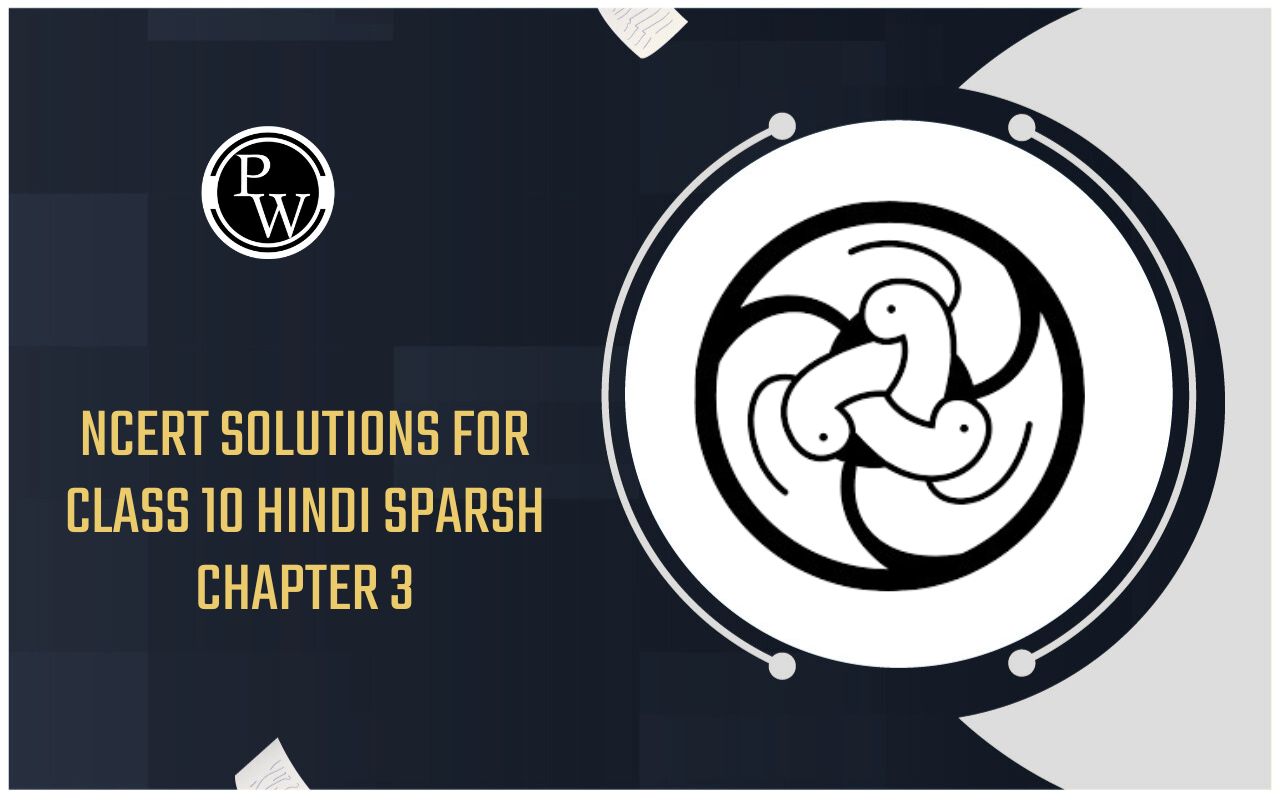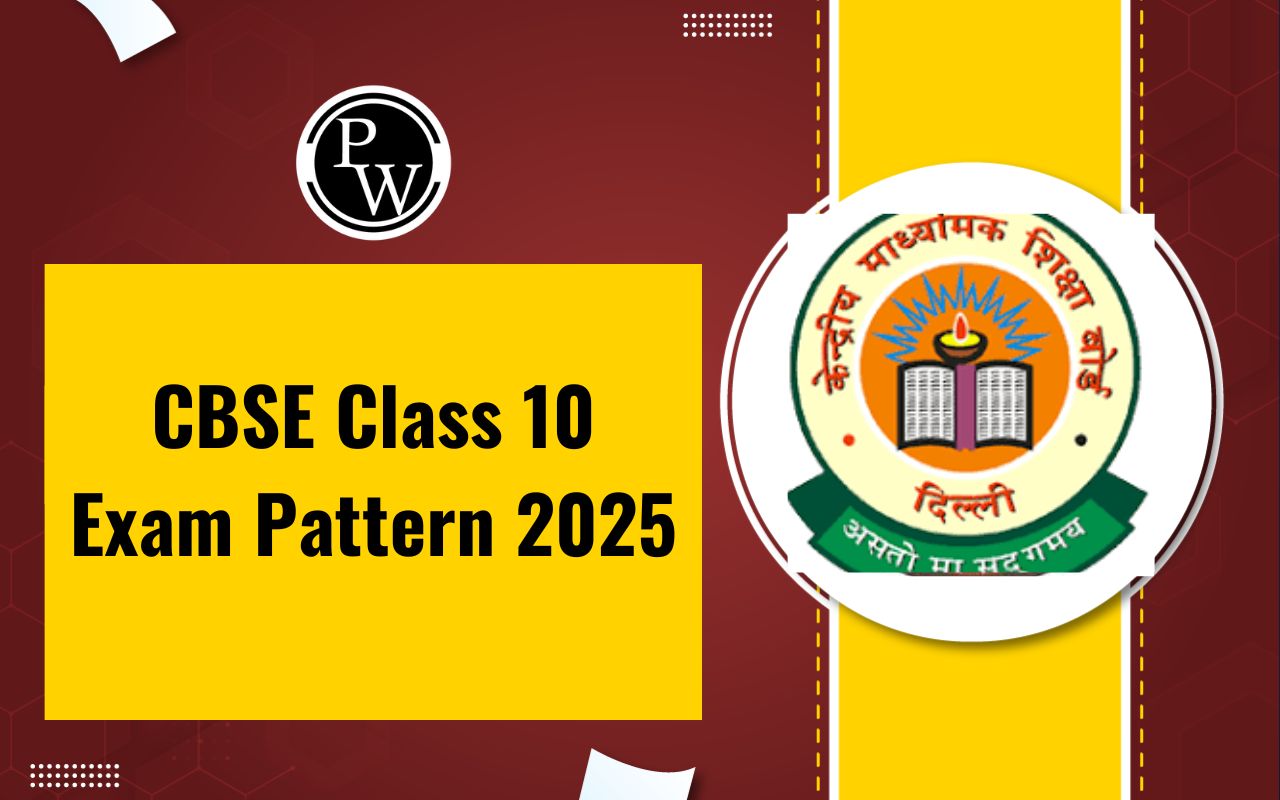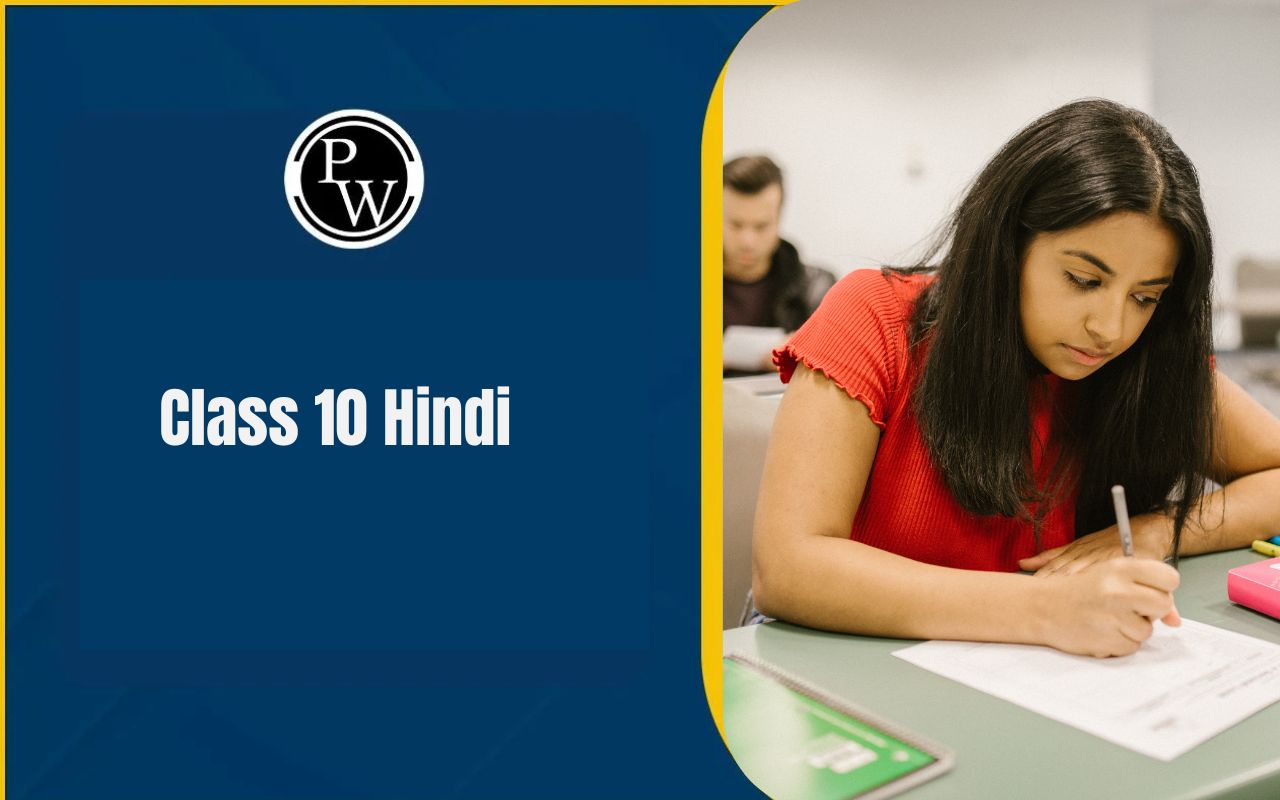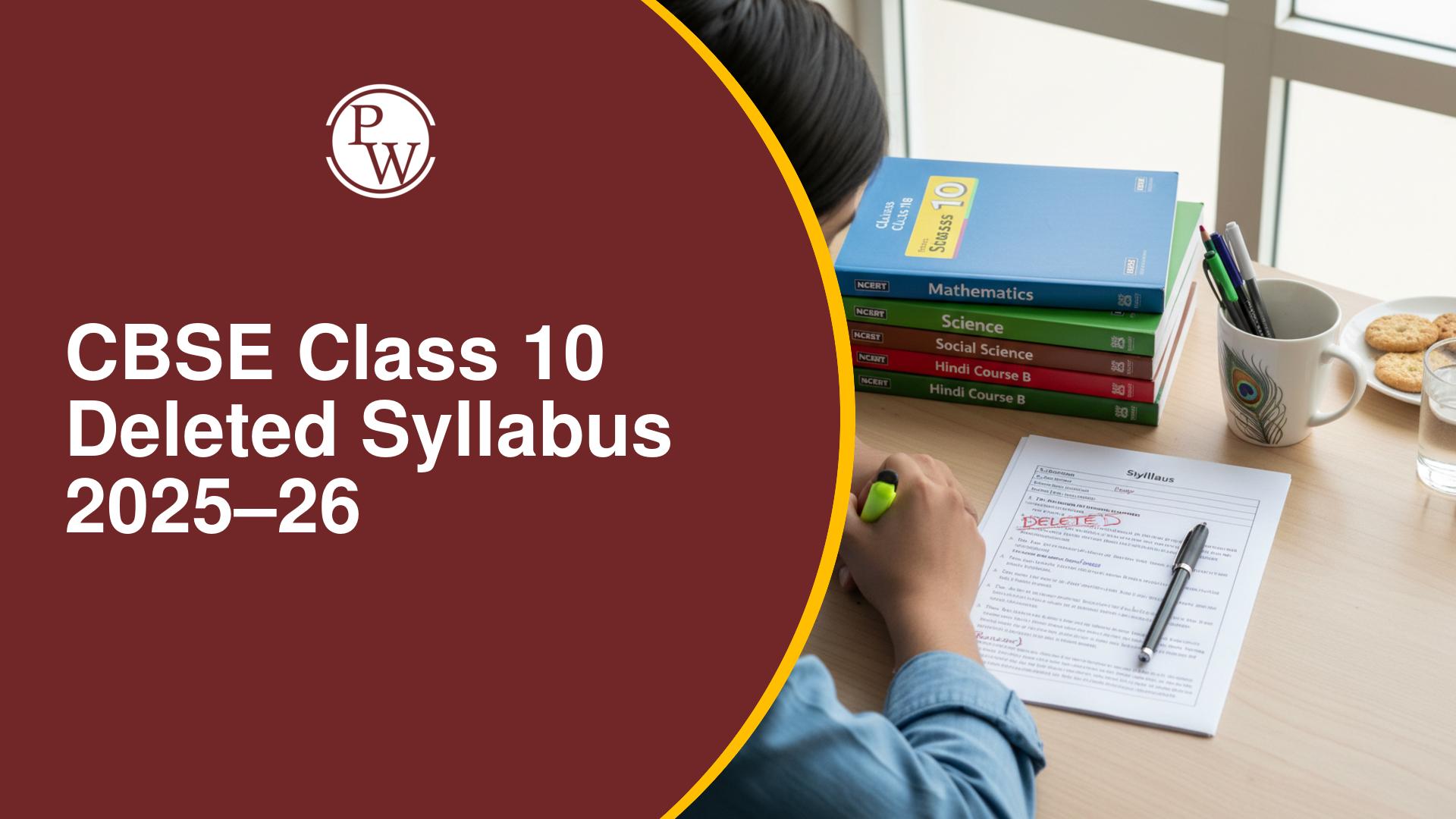
NCERT Solutions for Class 10 Maths Chapter 12 Exercise 12.3: Chapter 12, Surface Areas and Volumes, in Class 10 Maths explores practical geometry, focusing on finding surface areas and volumes of 3D shapes. Exercise 12.3 delves deeper into problems involving frustums of cones, a significant topic for understanding real-life applications like designing containers or truncated structures.
The exercise includes step-by-step calculations for curved and total surface areas, along with volumes of frustums, emphasizing formula application and problem-solving skills. Below, we have provided the NCERT Solutions for Class 10 Maths Chapter 12 Exercise 12.3 in PDF format, offering clear explanations and solutions to aid students in mastering these essential geometry concepts.CBSE Class 10 Maths Sample Paper 2024-25
NCERT Solutions for Class 10 Maths Chapter 12 Exercise 12.3 Overview
Chapter 12, Surface Areas and Volumes, in Class 10 Maths is crucial for understanding 3D geometry, and Exercise 12.3 focuses on the frustum of a cone. This topic is vital for solving real-world problems, such as calculating the material required for making buckets, containers, or truncated cones in construction and manufacturing. The exercise enhances the understanding of curved surface area, total surface area, and volume of frustums using step-by-step formulas. Mastering these concepts improves problem-solving skills, logical reasoning, and spatial visualization. It is an essential part of geometry, laying the foundation for advanced applications in engineering, architecture, and design fields.NCERT Solutions for Class 10 Maths Chapter 12 Exercise 12.3 PDF
NCERT Solutions for Class 10 Maths Chapter 12 Exercise 12.3 PDF
NCERT Class 10 Maths Video Solutions Chapter 12 Exercise 12.3
NCERT Solutions for Class 10 Maths Chapter 12 Exercise 12.3 Surface Areas and Volumes
Below is the NCERT Solutions for Class 10 Maths Chapter 12 Exercise 12.3 Surface Areas and Volumes -1. A metallic sphere of radius 4.2 cm is melted and recast into the shape of a cylinder of radius 6 cm. Find the height of the cylinder.
Solution:
It is given that radius of the sphere (R) = 4.2 cm Also, the radius of the cylinder (r) = 6 cm Now, let the height of the cylinder = h It is given that the sphere is melted into a cylinder. So, the volume of the sphere = Volume of the cylinder ∴ (4/3)×π×R 3 = π×r 2 ×h. h = 2.74 cm2. Metallic spheres of radii 6 cm, 8 cm and 10 cm, respectively, are melted to form a single solid sphere. Find the radius of the resulting sphere.
Solution:
For Sphere 1:
Radius (r 1 ) = 6 cm ∴ Volume (V 1 ) = (4/3)×π×r 1 3For Sphere 2:
Radius (r 2 ) = 8 cm ∴ Volume (V 2 ) = (4/3)×π×r 2 3For Sphere 3:
Radius (r 3 ) = 10 cm ∴ Volume (V 3 ) = (4/3)× π× r 3 3 Also, let the radius of the resulting sphere be “r” Now, The volume of the resulting sphere = V 1 +V 2 +V 3 (4/3)×π×r 3 = (4/3)×π×r 1 3 +(4/3)×π×r 2 3 +(4/3)×π×r 3 3 r 3 = 6 3 +8 3 +10 3 r 3 = 1728 r = 12 cm3. A 20 m deep well with a diameter of 7 m is dug, and the earth from digging is evenly spread out to form a platform 22 m by 14 m. Find the height of the platform.
Solution:
It is given that the shape of the well is the shape of a cylinder with a diameter of 7 m So, radius = 7/2 m Also, Depth (h) = 20 m The volume of the earth dug out will be equal to the volume of the cylinder Let the height of the platform = H The volume of soil from the well (cylinder) = Volume of soil used to make such a platform π×r 2 ×h = Area of platform × Height of the platform We know that the dimension of the platform is = 22×14 So, the Area of the platform = 22×14 m 2 ∴ π×r 2 ×h = 22×14×H ⇒ H = 2.5 m4. A well of diameter 3 m is dug 14 m deep. The earth taken out of it has been spread evenly all around it in the shape of a circular ring of width 4 m to form an embankment. Find the height of the embankment.
Solution:
The shape of the well will be cylindrical, as given below. Given, depth (h
1
) of well = 14 m
Diameter of the circular end of the well =3 m
So, Radius (r
1
) = 3/2 m
Width of the embankment = 4 m
From the figure, it can be said that the embankment will be a cylinder having an outer radius (r
2
) as 4+(3/2) = 11/2 m and an inner radius (r
1
) as 3/2m
Now, let the height of the embankment be h
2
∴ The volume of soil dug from the well = Volume of earth used to form the embankment
π×r
1
2
×h
1
= π×(r
2
2
-r
1
2
) × h
2
Solving this, we get,
The height of the embankment (h
2
) is 1.125 m.
Given, depth (h
1
) of well = 14 m
Diameter of the circular end of the well =3 m
So, Radius (r
1
) = 3/2 m
Width of the embankment = 4 m
From the figure, it can be said that the embankment will be a cylinder having an outer radius (r
2
) as 4+(3/2) = 11/2 m and an inner radius (r
1
) as 3/2m
Now, let the height of the embankment be h
2
∴ The volume of soil dug from the well = Volume of earth used to form the embankment
π×r
1
2
×h
1
= π×(r
2
2
-r
1
2
) × h
2
Solving this, we get,
The height of the embankment (h
2
) is 1.125 m.
5. A container shaped like a right circular cylinder having a diameter of 12 cm and a height of 15 cm is full of ice cream. The ice cream is to be filled into cones of height 12 cm and diameter 6 cm, having a hemispherical shape on the top. Find the number of such cones which can be filled with ice cream.
Solution:
The number of cones will be = Volume of cylinder/Volume of ice cream cone For the cylinder part, Radius = 12/2 = 6 cm Height = 15 cm ∴ Volume of cylinder = π×r 2 ×h = 540π For the ice cone part, Radius of conical part = 6/2 = 3 cm Height = 12 cm Radius of hemispherical part = 6/2 = 3 cm Now, The volume of the ice cream cone = Volume of the conical part + Volume of the hemispherical part = (⅓)×π×r 2 ×h+(⅔)×π×r 3 = 36π +18π = 54π ∴ Number of cones = (540π/54π) = 106. How many silver coins, 1.75 cm in diameter and of thickness 2 mm, must be melted to form a cuboid of dimensions 5.5 cm × 10 cm × 3.5 cm?
Solution:
It is known that the coins are cylindrical in shape. So, height (h 1 ) of the cylinder = 2 mm = 0.2 cm Radius (r) of circular end of coins = 1.75/2 = 0.875 cm Now, the number of coins to be melted to form the required cuboids be “n” So, Volume of n coins = Volume of cuboids n × π × r 2 × h 1 = l × b × h n×π×(0.875) 2 ×0.2 = 5.5×10×3.5 Or, n = 4007. A cylindrical bucket, 32 cm high and with a radius of a base of 18 cm, is filled with sand. This bucket is emptied on the ground, and a conical heap of sand is formed. If the height of the conical heap is 24 cm, find the radius and slant height of the heap.
Solution:
The diagram will be as- Given,
Height (h
1
) of cylindrical part of the bucket = 32 cm
Radius (r
1
) of circular end of the bucket = 18 cm
Height of the conical heap ((h
2
) = 24 cm
Now, let “r
2
” be the radius of the circular end of the conical heap.
We know that volume of the sand in the cylindrical bucket will be equal to the volume of sand in the conical heap.
∴ The volume of sand in the cylindrical bucket = Volume of sand in the conical heap
π×r
1
2
×h
1
= (⅓)×π×r
2
2
×h
2
π×18
2
×32 = (⅓)×π ×r
2
2
×24
Or, r
2
= 36 cm
And,
Slant height (l) = √(36
2
+24
2
) = 12√13 cm.
Given,
Height (h
1
) of cylindrical part of the bucket = 32 cm
Radius (r
1
) of circular end of the bucket = 18 cm
Height of the conical heap ((h
2
) = 24 cm
Now, let “r
2
” be the radius of the circular end of the conical heap.
We know that volume of the sand in the cylindrical bucket will be equal to the volume of sand in the conical heap.
∴ The volume of sand in the cylindrical bucket = Volume of sand in the conical heap
π×r
1
2
×h
1
= (⅓)×π×r
2
2
×h
2
π×18
2
×32 = (⅓)×π ×r
2
2
×24
Or, r
2
= 36 cm
And,
Slant height (l) = √(36
2
+24
2
) = 12√13 cm.
8. Water in a canal, 6 m wide and 1.5 m deep, flows at a speed of 10 km/h. How much area will it irrigate in 30 minutes if 8 cm of standing water is needed?
Solution:
It is given that the canal is the shape of a cuboid with dimensions as: Breadth (b) = 6 m and Height (h) = 1.5 m It is also given that The speed of canal = 10 km/hr Length of canal covered in 1 hour = 10 km Length of canal covered in 60 minutes = 10 km Length of canal covered in 1 min = (1/60)x10 km Length of canal covered in 30 min (l) = (30/60)x10 = 5km = 5000 m We know that the canal is cuboidal in shape. So, The volume of the canal = lxbxh = 5000x6x1.5 m 3 = 45000 m 3 Now, The volume of water in the canal = Volume of area irrigated = Area irrigated x Height So, Area irrigated = 56.25 hectares ∴ The volume of the canal = lxbxh 45000 = Area irrigatedx8 cm 45000 = Area irrigated x (8/100)m Or, Area irrigated = 562500 m 2 = 56.25 hectares.9. A farmer connects a pipe of internal diameter 20 cm from a canal into a cylindrical tank in her field, which is 10 m in diameter and 2 m deep. If water flows through the pipe at the rate of 3 km/h, in how much time will the tank be filled?
Solution:
Consider the following diagram-

 The volume of water that flows in t minutes from pipe = t×0.5π m
3
Radius (r
2
) of circular end of cylindrical tank =10/2 = 5 m
Depth (h
2
) of cylindrical tank = 2 m
Let the tank be filled completely in t minutes.
The volume of water filled in the tank in t minutes is equal to the volume of water flowed in t minutes from the pipe.
The volume of water that flows in t minutes from pipe = Volume of water in tank
t×0.5π = π×r
2
2
×h
2
Or, t = 100 minutes
The volume of water that flows in t minutes from pipe = t×0.5π m
3
Radius (r
2
) of circular end of cylindrical tank =10/2 = 5 m
Depth (h
2
) of cylindrical tank = 2 m
Let the tank be filled completely in t minutes.
The volume of water filled in the tank in t minutes is equal to the volume of water flowed in t minutes from the pipe.
The volume of water that flows in t minutes from pipe = Volume of water in tank
t×0.5π = π×r
2
2
×h
2
Or, t = 100 minutes
Benefits of Using NCERT Solutions for Class 10 Maths Chapter 12 Exercise 12.3
Clear Conceptual Understanding : Provides step-by-step explanations for solving problems related to the frustum of a cone.
Practical Application : Helps students apply geometry concepts to real-world scenarios, such as calculating material requirements for frustum-shaped objects.
Exam-Oriented : Aligns with the CBSE syllabus, ensuring students are well-prepared for board exams.
Enhanced Problem-Solving : Strengthens analytical and logical reasoning skills by solving structured problems.
Error-Free Learning : Reduces the scope for mistakes by providing accurate and reliable solutions.
Independent Learning : Enables students to study and revise effectively without external assistance.
NCERT Solutions for Class 10 Maths Chapter 12 Exercise 12.3 FAQs
What is the use of surface area and volume?
What are the real life uses of surface area?
What is the purpose of surface area?
Does surface area affect friction in the real world?

